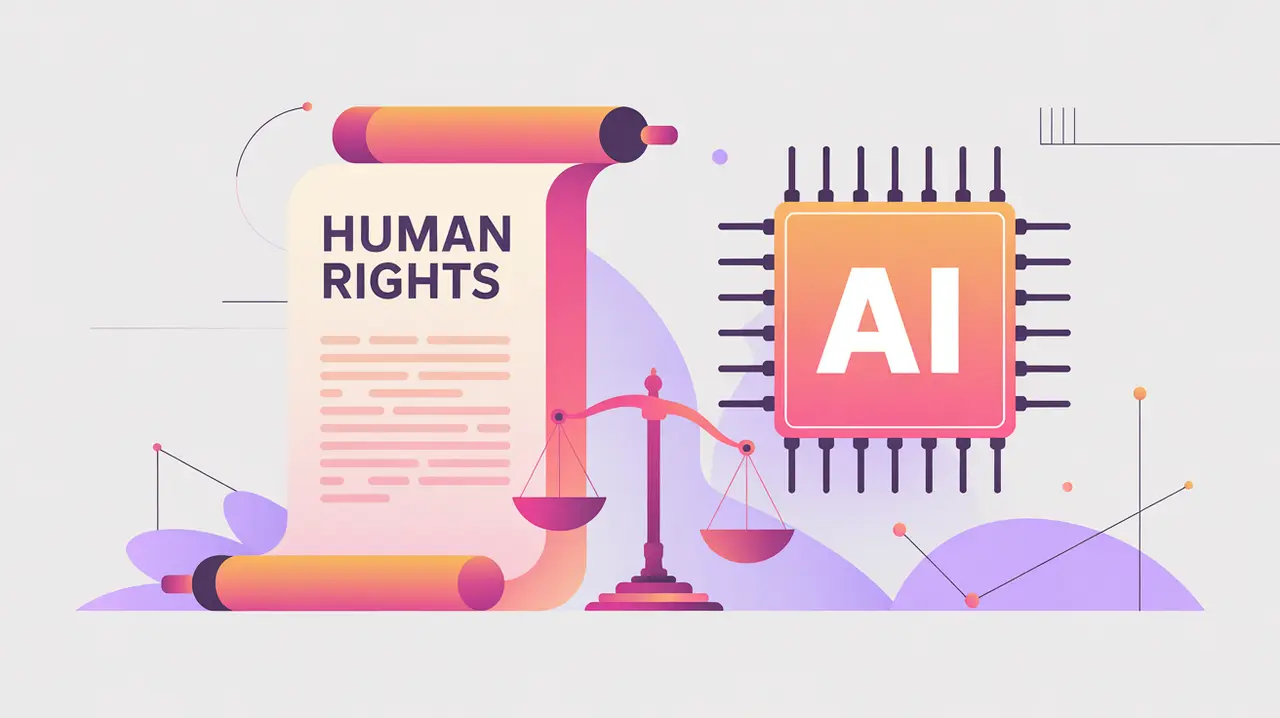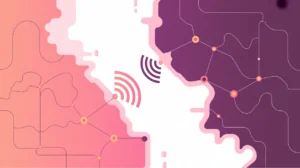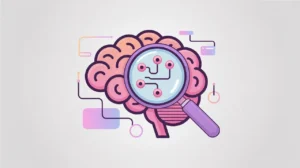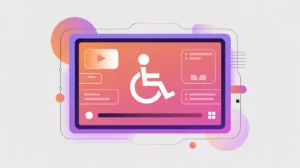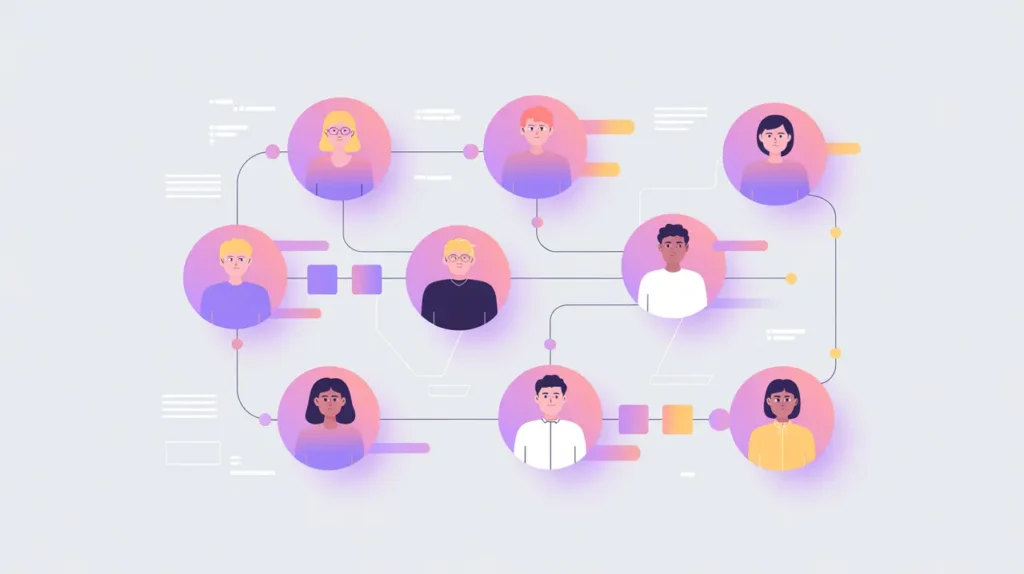Importance of AI in Human Rights Frameworks
AI in Human Rights Frameworks refers to the integration of artificial intelligence governance into established human rights principles such as privacy, freedom of expression, equality, and protection from harm. These frameworks provide a normative foundation for evaluating how AI systems affect individuals and societies. Their importance today lies in the growing evidence that AI can both advance and undermine human rights, depending on how it is designed and deployed.
For social innovation and international development, anchoring AI in human rights frameworks matters because mission-driven organizations serve populations whose rights are often most at risk. Grounding AI use in rights-based approaches ensures dignity, fairness, and justice are upheld.
Definition and Key Features
Human rights frameworks are rooted in global instruments such as the Universal Declaration of Human Rights and the International Covenant on Civil and Political Rights. Applying these to AI involves assessing risks like surveillance, discrimination, censorship, and exclusion. Regional institutions such as the Council of Europe and organizations like UNESCO are advancing rights-based guidance for AI governance.
This is not the same as ethics frameworks, which provide aspirational principles without legal grounding. Nor is it equivalent to technical standards, which ensure interoperability but not fairness or justice. Human rights frameworks emphasize enforceable rights and state or organizational obligations.
How this Works in Practice
In practice, applying a human rights framework to AI might involve assessing whether a biometric system violates the right to privacy, or whether predictive policing tools reinforce racial discrimination. NGOs and regulators may use human rights impact assessments to evaluate AI deployments before scaling. For mission-driven organizations, rights-based frameworks guide procurement decisions, design processes, and accountability measures.
Challenges include translating broad human rights norms into technical design requirements, balancing competing rights (such as security versus privacy), and enforcing standards in contexts with weak governance. Human rights frameworks also require constant updating to address new risks emerging from rapidly evolving AI technologies.
Implications for Social Innovators
AI in human rights frameworks is directly relevant across mission-driven sectors. Health programs must ensure diagnostic AI respects privacy and non-discrimination. Education initiatives must prevent adaptive learning platforms from exacerbating inequities. Humanitarian agencies must ensure biometric systems for aid distribution uphold dignity and autonomy. Civil society groups advocate for AI governance rooted in rights, giving communities tools to demand accountability.
By embedding AI in human rights frameworks, organizations ensure that technology serves people’s freedoms and protections, making rights the foundation rather than an afterthought of digital transformation.
